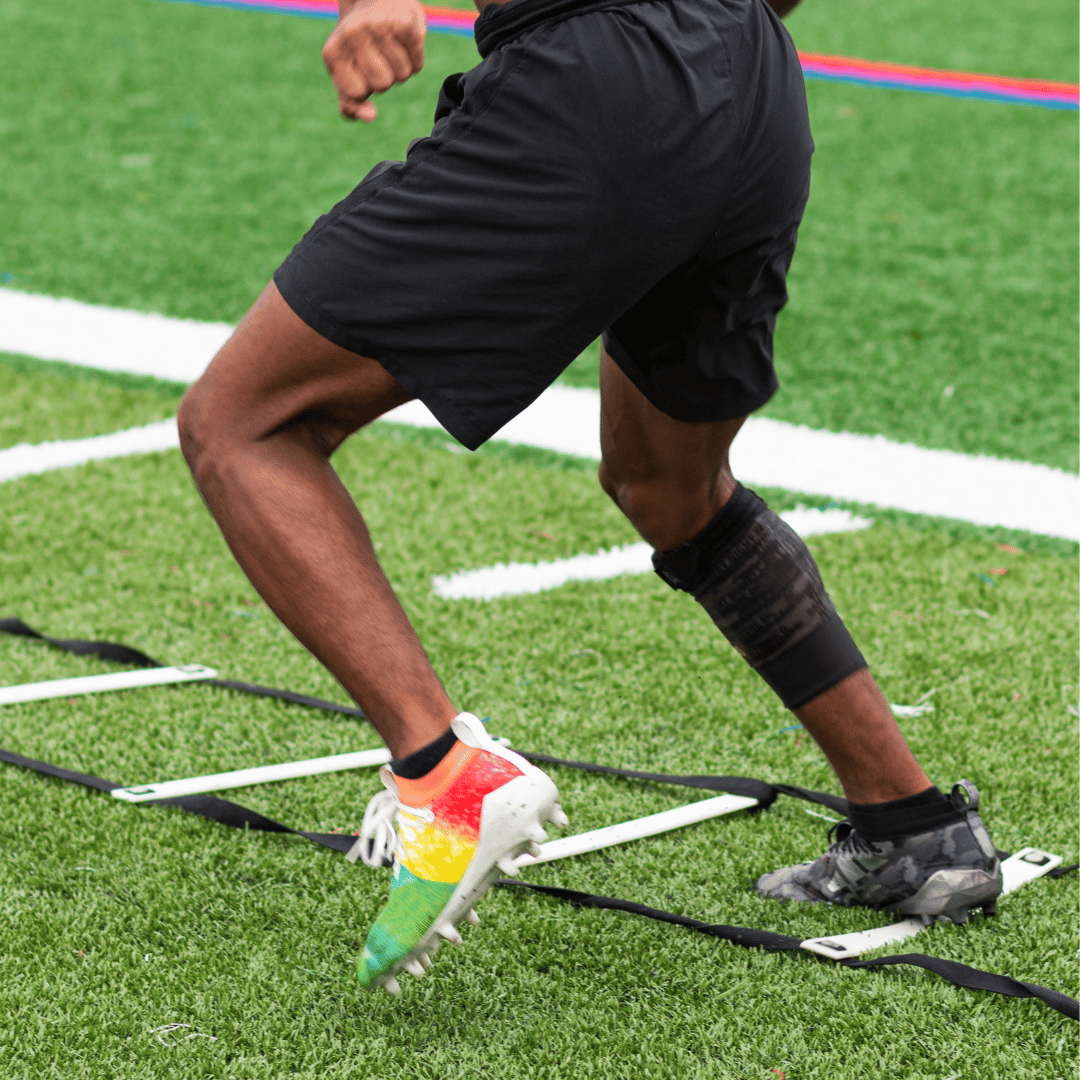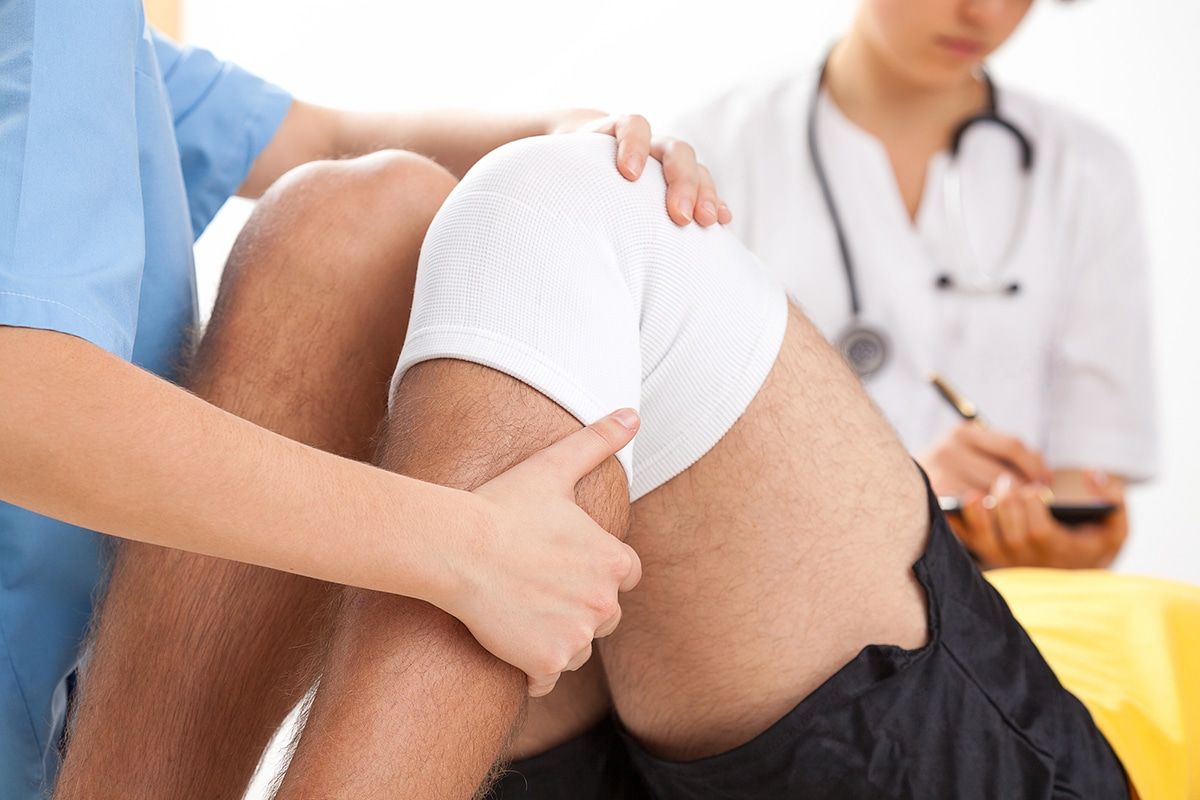Total Hip Replacements
Your hip joint is a ball and socket joint, consisting of the femur (the ball) and the acetabulum (the socket). The hip is designed to withstand an incredible amount of force. In fact, an activity as simple and low impact as walking, can impart 1.3-5.8 times your body weight onto your hips!
Located between the two bones, which make up your hip joint, are articular cartilage and synovium. The synovium is a thin lining that produces fluid for the cartilage, minimizing friction and allowing for smooth movement of your bones. The articular cartilage provides a protective cushion which accepts and dissipates the forces imparted on the hip joint. These structures are crucial in maintaining hip health.
Osteoarthritis
Osteoarthritis, refers to the degeneration of the protective articular cartilage, resulting in bone on bone contact. You can see the different between the articular cartilage surfaces on the right (a healthy hip joint) and the left (an arthritic hip joint). This breakdown can result in pain, decreased range of motion, as well as strength. Daily activities such as walking and going up and down the stairs can become painful and difficult. If you are experiencing such difficulties your orthopedist may recommend physical therapy which will focus on strengthening your core and muscles surrounding the hip, so your hip joint is well supported, decreasing your pain, and improving your range of motion. However, if your x-rays show significant degeneration in the hip joint, or if physical therapy wasn’t as successful as you hoped, your doctor may suggest a Total Hip Replacement.
The Hardware
The degenerative surface of the femur (ball) is removed and replaced by a metal stem with either a metal or ceramic ball (femoral head). The damaged cartilage and acetabulum (socket) are removed and replaced by metal as well (acetabular component). In between, a plastic spacer is placed to take the place of the cartilage, and functions to decrease the friction between the two surfaces, allowing for smooth movement.
Three Surgical Approaches
To date, there are three commonly performed approaches to a Total Hip Replacement surgery. There are pros and cons to each, and not everyone is a candidate for all procedures.
Posterior Approach
An incision is made posteriorly, in the gluteal/buttock region. Your gluteus maximus, along with a few other muscles in that region are cut, and the hip is dislocated posteriorly. The hardware previously mentioned is then placed.
Pros: Your surgeon has greater visualization of the hip during surgery, making placement of the hardware easier.
Cons: Hospital stay is longer, precautions are placed (no flexing your hip past 90 degrees, no bending forward past 90 degrees, no crossing your legs across your body, and no turning your legs inward) for 6-12 weeks, you can expect a greater loss of strength and longer tissue healing time because muscles were cut, and there is a greater rate of dislocation as compared to the other approaches
Anterolateral Approach
An incision is made along the front/side of your hip. Similar to the posterior approach, muscles need to be cut, however different/fewer muscles are cut from the posterior approach. The hip is dislocated anteriorly (towards the front of your hip), and the hardware is placed.
Pros: Less musculature is cut, lower dislocation rates as compared to posterior approach
Cons: Similar to posterior approach, you can expect longer healing time and weakness because musculature was disrupted. This approach can affect the way you walk.
Anterior Approach
An incision is made along the front/side of your hip. The incision may be smaller as compared to the other approaches. Your muscles are not cut, and instead are moved/pushed to either side. As a result, the visual field is smaller, making it more difficult for your surgeon to place the hardware. Your leg is distracted, using special surgical table and equipment, and the hardware is placed.
Pros: Quicker hospital stay, quicker recovery time, minimal precautions, less pain, lower dislocation rates
Cons: Not all surgeons are trained in this approach as it is fairly new (8-11 years), smaller visual field for the surgeon, and there is a risk of numbness, tingling, or burning due to nerve damage.
As mentioned previously, you may or may not be a candidate for each approach so consult your surgeon!












